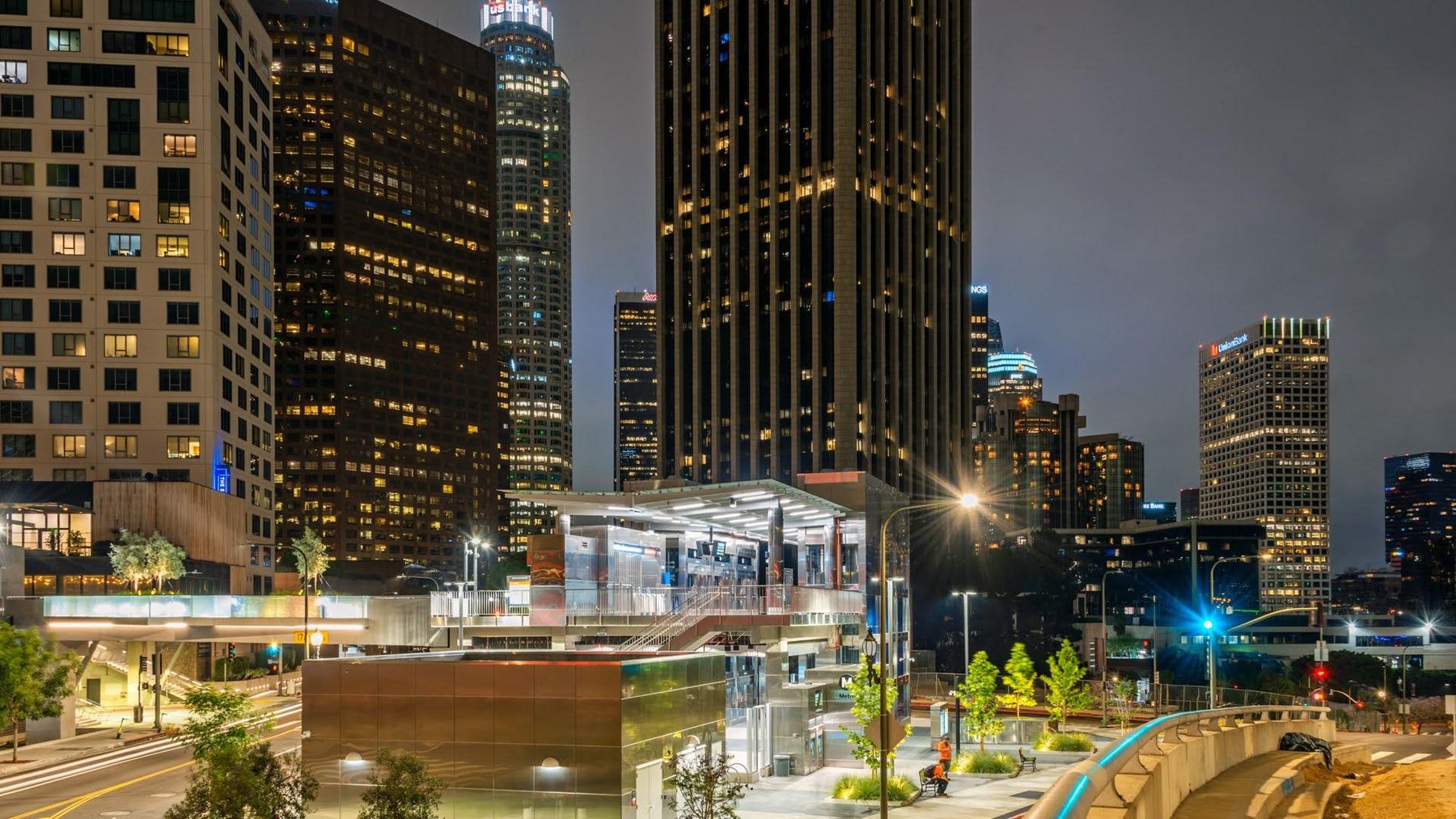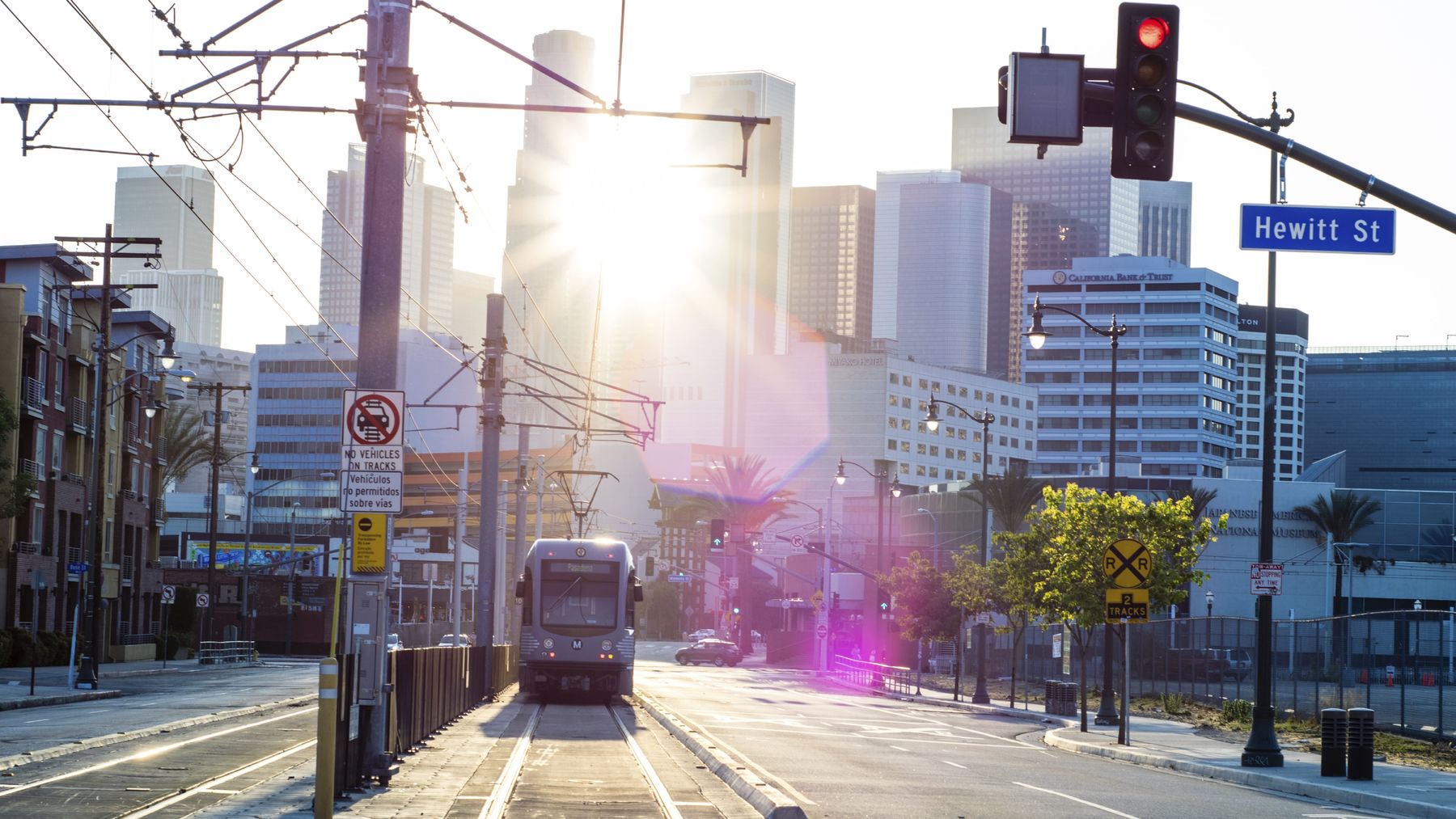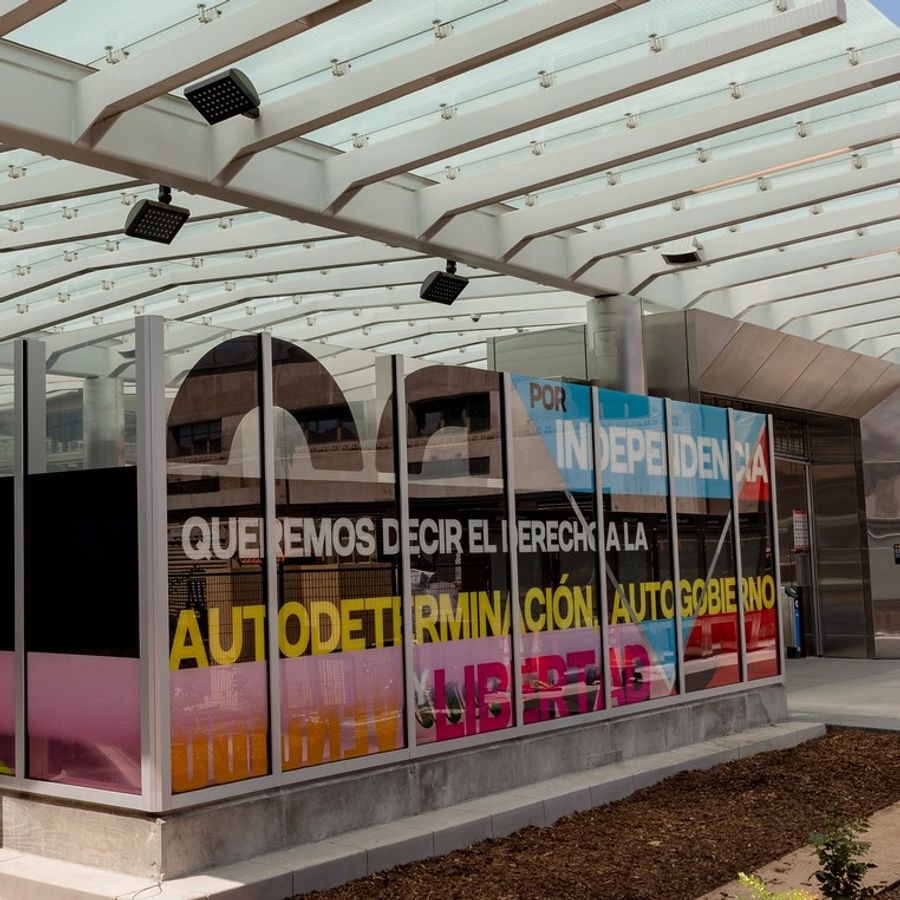Introduction
Downtown LA has been a central gathering point for Angelenos since the birth of the city. Every day, people from across the region come to Downtown for reasons both mundane and extraordinary, from jury duty to dinner and a show, and everything in between. It is also a major hub for business and employment in virtually all sectors of the economy.
DTLA is really the only place in Los Angeles that can accommodate the regular flow of hundreds of thousands of workers and tens of thousands of visitors and also play host to major events and mass gatherings ranging from corporate conventions to the city’s New Year’s Eve celebration. Whether for sports championships, political demonstrations, corporate headquarters or government offices, Downtown is where people convene and connect for commerce, culture, and community.

While the fact that Downtown plays a key role in the life of the region has remained a constant, the nature of that role has changed dramatically, as both Downtown and the region have evolved. Starting as the center of all activity in the early days of the city, time had seen residential development expand out to the suburbs, taking with it much of the activity associated with everyday life, while commercial and civic activity remained concentrated in the core.
The balance began to shift back with the Downtown Renaissance of the last 20 years, which has seen phenomenal growth in the residential population, and a boom of new attractions and amenities giving Downtown an identity beyond the office towers, as a dynamic community and exciting destination.

As the name suggests, Metro’s Regional Connector embodies Downtown’s renewed role as the hub that connects Angelenos – to each other, to jobs, shopping, services, activities, and amenities. While other rail projects may span greater distance or have more stops, the Regional Connector’s 1.9 miles of track and three new stations has more strategic significance for the city and its transit system. Like DTLA, the Regional Connector punches above its weight because its importance and impact reach across the county and beyond.

This piece imbues the glass walls of the station’s entrance pavilion with messages of unity and democracy.